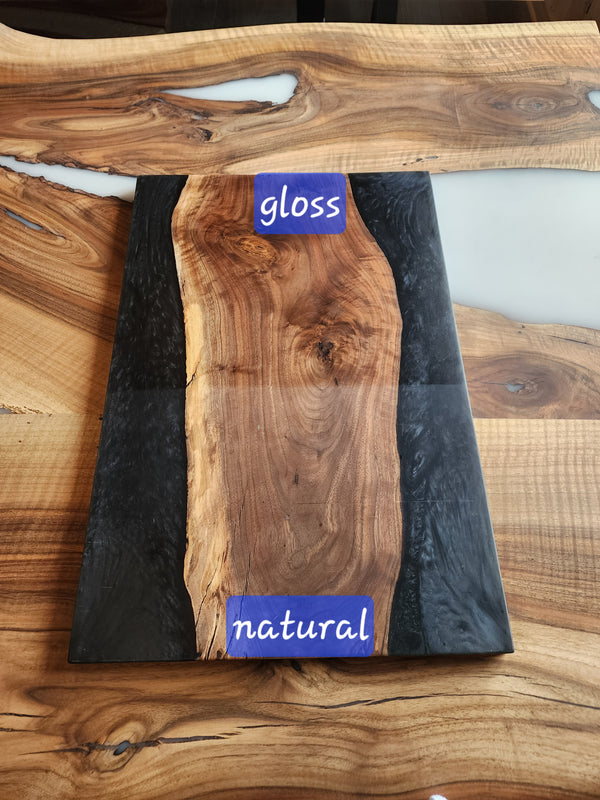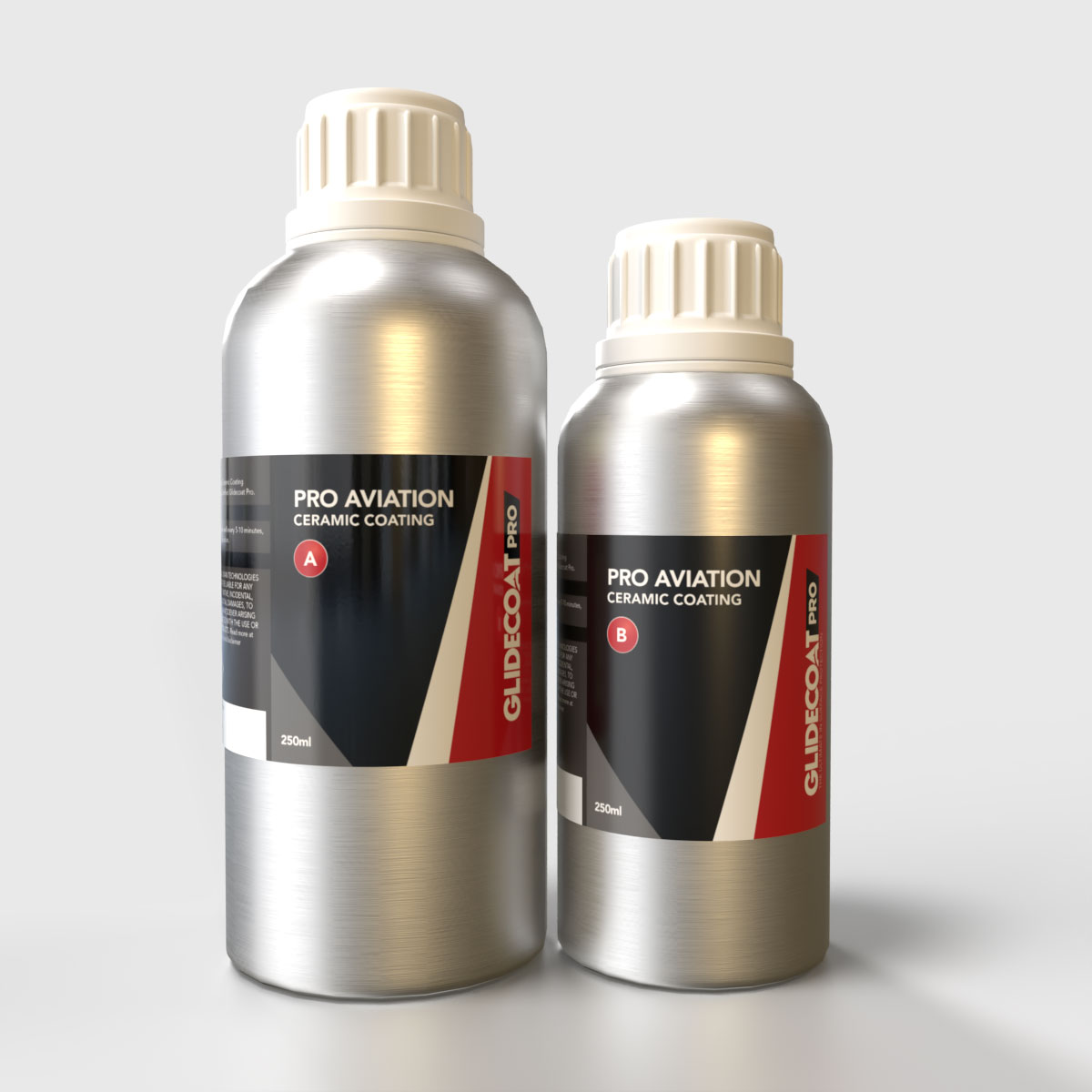The Role of Ceramic Coating Philadelphia in Stopping Scrapes and Damages
The Role of Ceramic Coating Philadelphia in Stopping Scrapes and Damages
Blog Article
Why Ceramic Finish Is the Ultimate Solution for a Remarkable Complete
Ceramic finishing has become a leading solution for those seeking a remarkable surface for their vehicles, many thanks to its impressive sturdiness and protective attributes. This sophisticated fluid polymer not just bonds perfectly with manufacturing facility paint yet additionally offers a powerful barrier versus common risks such as scratches, UV rays, and environmental contaminants. Its hydrophobic residential or commercial properties simplify upkeep while boosting visual allure. Recognizing exactly how this modern technology contrasts to conventional approaches and discovering its application nuances can expose also extra about its value. What aspects really established ceramic coating apart?
What Is Ceramic Covering?

When applied appropriately, ceramic covering develops a hydrophobic surface area that repels water and dust, making it easier to clean up and keep. Unlike conventional waxes or sealants, which typically offer brief security, ceramic layers can last for numerous years, depending on the item high quality and application method. The procedure of applying ceramic finish requires thorough prep work, consisting of comprehensive cleansing and occasionally paint improvement, to make sure optimal bonding and effectiveness.
Ceramic layers are not restricted to vehicle surface areas; they can likewise be utilized on different materials, including glass, steel, and plastics, providing a versatile remedy for boosting protection. Overall, ceramic layer represents a considerable development in surface defense innovation, integrating both practical and aesthetic benefits for a large range of applications.
Advantages of Ceramic Covering
While lots of surface area defense choices exist, the benefits of ceramic covering stand out as a result of its unique buildings and lasting performance. Among the key benefits is its outstanding toughness. Ceramic Coating Philadelphia. Unlike conventional wax or sealants that require frequent reapplication, ceramic finishings supply a resistant layer that can last for a number of years, considerably reducing maintenance initiatives
One more significant advantage is boosted security versus ecological pollutants. Ceramic layers develop a hydrophobic surface area that drives away water, dust, and different toxins, making it easier to clean. This function not just maintains the car's appearance but also minimizes the risk of deterioration and oxidation, particularly in harsh climate condition.
Moreover, ceramic coatings use superior resistance to UV rays, stopping fading and deterioration of paint over time. This UV defense is important for keeping the visual worth of automobiles and surface areas revealed to route sunlight.
Additionally, the glossy surface accomplished with ceramic covering improves the general aesthetic allure, giving surfaces a showroom-quality luster. On the whole, ceramic finishings represent a significant innovation in surface area security innovation, offering long-lasting advantages that accommodate both functional and aesthetic demands.
Exactly How It Functions
Understanding the science behind ceramic finishings reveals just how they give such impressive protection and long life. At its core, a ceramic finish is a liquid polymer that chemically bonds with the automobile's factory paint. This bonding develops a safety layer that is both hydrophobic and oleophobic, repelling water, dust, and oil. The key element of a lot of ceramic coverings is silicon dioxide (SiO2), which is originated from quartz. This compound contributes to the finish's solidity and resistance to scratches, UV rays, and ecological impurities.
The application process includes several steps, consisting of surface area prep work, which is essential to attaining optimum attachment. Once used, the covering goes through a healing procedure, during which it hardens and develops a semi-permanent bond with the paint surface area. This bond is what distinguishes ceramic finishes from standard waxes and sealants, giving a longer-lasting protective barrier that can endure for many years.
Furthermore, the thickness of best site the coating can improve its safety top qualities, making certain that it can stand up to rough conditions. Inevitably, the scientific research of ceramic finishings combines innovative products with ingenious application techniques to supply an unmatched degree of security and visual enhancement for vehicles.
Contrast With Standard Approaches
When contrasted to conventional paint defense approaches such as waxes and sealants,The benefits of ceramic coatings become especially evident. While waxes use a short-term sparkle, usually lasting a couple of weeks to a couple of months, ceramic layers give a lasting protective layer that can withstand for numerous years. This resilience considerably minimizes the regularity of reapplication, making ceramic coverings a more affordable solution gradually.
In addition, traditional techniques often need extensive prep work and numerous applications to achieve a satisfactory level of security. In comparison, ceramic finishings bond at a my review here molecular degree with the vehicle's surface area, developing a robust shield against ecological contaminants like UV rays, acid rainfall, and roadway salts. This bond enhances the vehicle's resistance to scrapes and swirl marks, which are prevalent with conventional waxes and sealers.
Moreover, the hydrophobic residential properties of ceramic finishes repel water and dust, causing less complicated cleansing and upkeep. In contrast, wax and sealant-treated surface areas can draw in gunk, demanding more constant cleaning - Ceramic Coating Philadelphia. Generally, ceramic coatings not only give remarkable protection yet also provide a much more aesthetically attractive and enduring finish, establishing them as the preferred choice for critical automobile proprietors
Application and Maintenance Tips

Utilizing a foam applicator, use the covering in tiny sections, complying with the manufacturer's guidelines relating to density and overlap. Allow sufficient curing time between coats, generally 24 hr, to ensure appropriate bonding. After application, it is important to stay clear of direct exposure to water or harsh elements for at the very least a week to allow the covering to fully cure.
Additionally, using a ceramic upkeep spray can improve the finishing's hydrophobic residential properties and long life. Routine assessments for any type of indicators of wear will certainly aid maintain the finishing's stability and maintain that pristine coating.
Conclusion
In conclusion, ceramic coating emerges as a premium choice for accomplishing a remarkable vehicle surface. Its outstanding resilience, safety qualities, and hydrophobic residential or commercial properties considerably improve the car's look while streamlining upkeep initiatives. By developing a robust bond with manufacturing facility paint, ceramic coating successfully guards against scrapes, UV rays, and environmental impurities. With a life-span prolonging several years, this sophisticated service not just protects but also elevates the total aesthetic allure of vehicles, making it an affordable financial investment for vehicle lovers.

Report this page